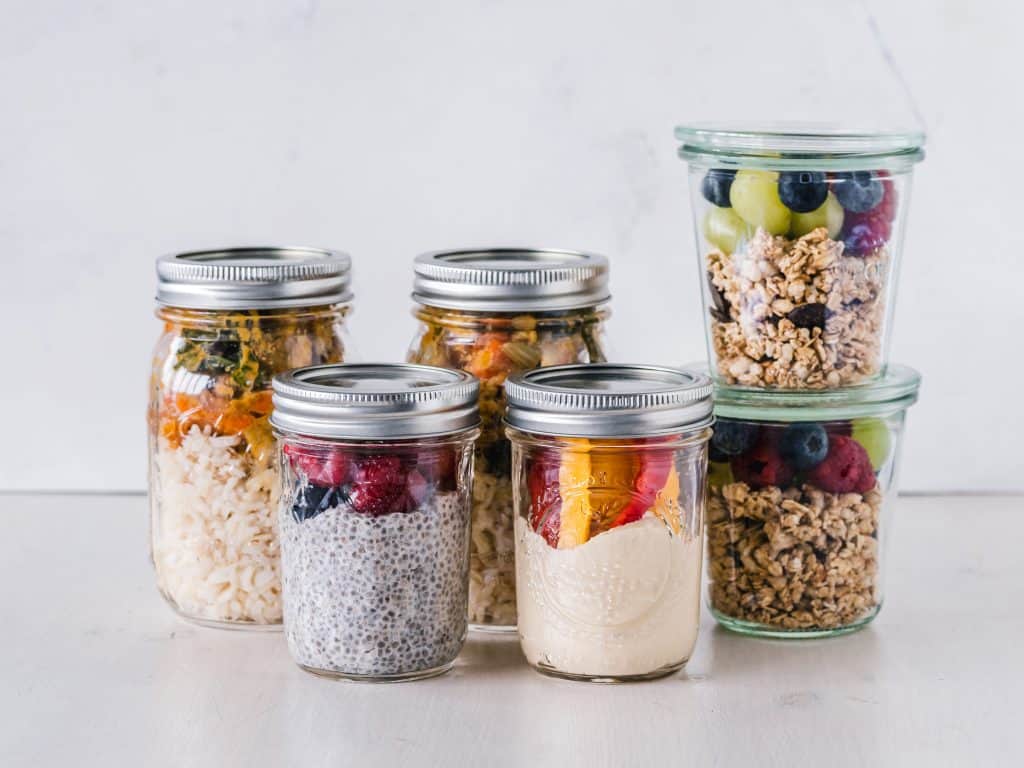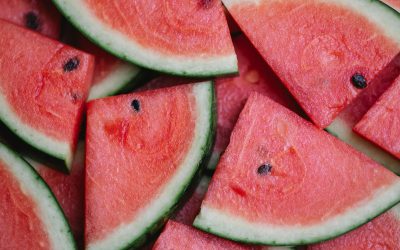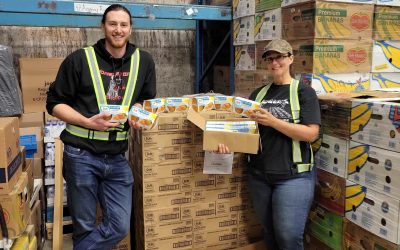It takes dedication and commitment to be a more sustainable and environmentally-friendly consumer. This is especially true when it comes to reducing our food waste and improving our grocery shopping habits.
Many of us shop for 2-for-1 deals but let the second item spoil because we never needed it in the first place.
The average household in Canada will spend $1,766 annually (roughly $5 a day) on food that will go to waste. That’s bad for our wallets and for our planet.
How can we (as consumers) lessen our impact on the planet when it comes to food waste? Here are 7 steps to make your grocery shopping and eating habits more sustainable when it comes to reducing personal food waste.
Tackling food waste: 7 sustainable grocery shopping and eating habits
1. Do a quick kitchen audit
Before you go to the grocery store, take a good look in your fridge, freezer, pantry, cupboards and drawers. Any perishable items such as fruits, vegetables, meat, poultry and dairy should be eaten first. Write them down on a list. Even non-perishable goods and frozen foods don’t last forever. Perhaps you have some frozen meats and canned beans or soups that should be eaten soon.
Tip #1: While you’re doing an audit of the foods in your kitchen, throw out items that have clearly gone bad. This will not only give you a clean slate to work with but also remind you of how much you’re throwing away and show you what you’re not eating (and don’t need to buy more of).
Tip #2: Keep a running list of items such as high-use condiments or spices that need replacing. This way, you won’t impulse buy them when you don’t actually need more.

2. Research recipes with items that need to be eaten
Eating the items at the back of your cabinet or freezer shouldn’t be a chore, so don’t make it one. Find a great recipe (foodgawker is an excellent resource) and make a plan to celebrate the ingredients. For example, if you have squash and frozen broth that need eating, why not make a squash soup? Write down any extra ingredients that you may need—and double-check first that you don’t already have them.
3. Make a meal plan
By now, you should have a list of what food items you have, what needs to be eaten and a couple of recipes that you’d like to try along with ingredients that may be missing.

Depending on how many meals you plan to make at home per day and per week, make a little grid of breakfast, lunch and dinner for the week. Add in the recipes that feature foods that need to get eaten first and fill out your meal plan from there. Don’t forget that some meals could be made from leftovers and spruced up with a delicious salad, vegetables or soup.
Tip: Rotation in our daily and weekly meal plans is key to a well-balanced diet. Throw in a couple of your easy, staple recipes but research some new ones (and ingredients) too. This will ensure that you’re getting a wide variety of essential nutrients.
4. Write a missing items grocery list
Make a shopping list based on your meal plan and kitchen audit. Some items such as milk, bread and eggs, for example, may be staple items on your grocery list and can be added to every list.
5. Eat before you shop
It might sound silly, but part of establishing more sustainable grocery shopping and eating habits is to buy only what you need. Just like going to an all-you-can-eat buffet on an empty stomach, you’re more likely to over-consume at the grocery store if you’re hungry. Eat breakfast, lunch or a snack before you go and then stick to your list. If an item looks delicious or is on sale, before you buy it, consider what you could replace in your meal plan (and grocery list) first.
6. Stick to your meal plan but be flexible
Congratulate yourself for thinking sustainably about how you grocery shop and consume foods.
You’ve done all the hard work of doing a kitchen audit, writing out what needs to be eaten, recipes and missing ingredients and making a meal plan—so honour the time spent by sticking to it.
Of course, if your kale is yellowing or a bunch of herbs are browning, having the flexibility in your meal plan will help you reduce your food waste. Make a quick kale caesar salad on the side or throw some herbs into your roast to save them (and add flavour to a dish).
7. Save your leftovers

Work your leftovers into your meal plans if you can. If you know that you’re making lasagna, for example, with noodles, canned tomatoes and carrots that all needed to be eaten, there’s a good chance that you’ll have leftovers. Reheat it for lunch with a salad and a piece of fruit for lunch or make another dinner of it a couple of nights later (to give yourself a break from it).
Bonus step: Thank yourself for practicing sustainable shopping and eating habits
As you can see, it takes time and effort—and diligence—to shop and eat sustainably. But it pays off both for your health, wellness and personal finances and for the health of the planet.
The next time that you’re making a homecooked meal with food that might have otherwise gone to waste, take pride in the fact that you’re doing your part. Sometimes, it’s the little things that make a big difference (especially when it comes to our home).
#WasteWise: A note about water. And what you can do
Second Harvest has partnered with Loblaw’s to help Canadians become #WasteWise. Did you know that food loss and waste accounts for close to 60% of the food industry’s blue water? Please sign our Waste Wise Pledge





